Ways to Make Your Space More Relaxing
In today's fast-paced world, our living spaces have become more than just a place to rest our heads—they are sanctuaries where we seek solace and rejuvenation. Transforming your space into a calming haven can significantly enhance your mental and emotional well-being. This article delves into 11 thoughtful enhancements that can turn any room into a peaceful retreat, promoting relaxation and tranquility. From the gentle embrace of nature indoors to the subtle power of scent, each section explores a unique element that contributes to a serene environment. Join us as we embark on this transformative journey to create a space that nurtures your soul and revitalizes your spirit.
1. Embrace Natural Elements

Integrating natural elements into your living space is a foundational step toward achieving tranquility. Nature has an inherent ability to soothe and calm the human mind, and bringing elements such as wood, stone, and plants indoors can create a seamless connection with the outdoors. Consider incorporating wooden furniture, stone accents, or even a small indoor garden to infuse your space with the organic beauty of nature. The presence of greenery not only purifies the air but also offers a visual reminder of the natural world, which can be incredibly grounding. By embracing these elements, you invite a sense of harmony and balance into your home, setting the stage for deeper relaxation.
2. Soothing Color Palettes
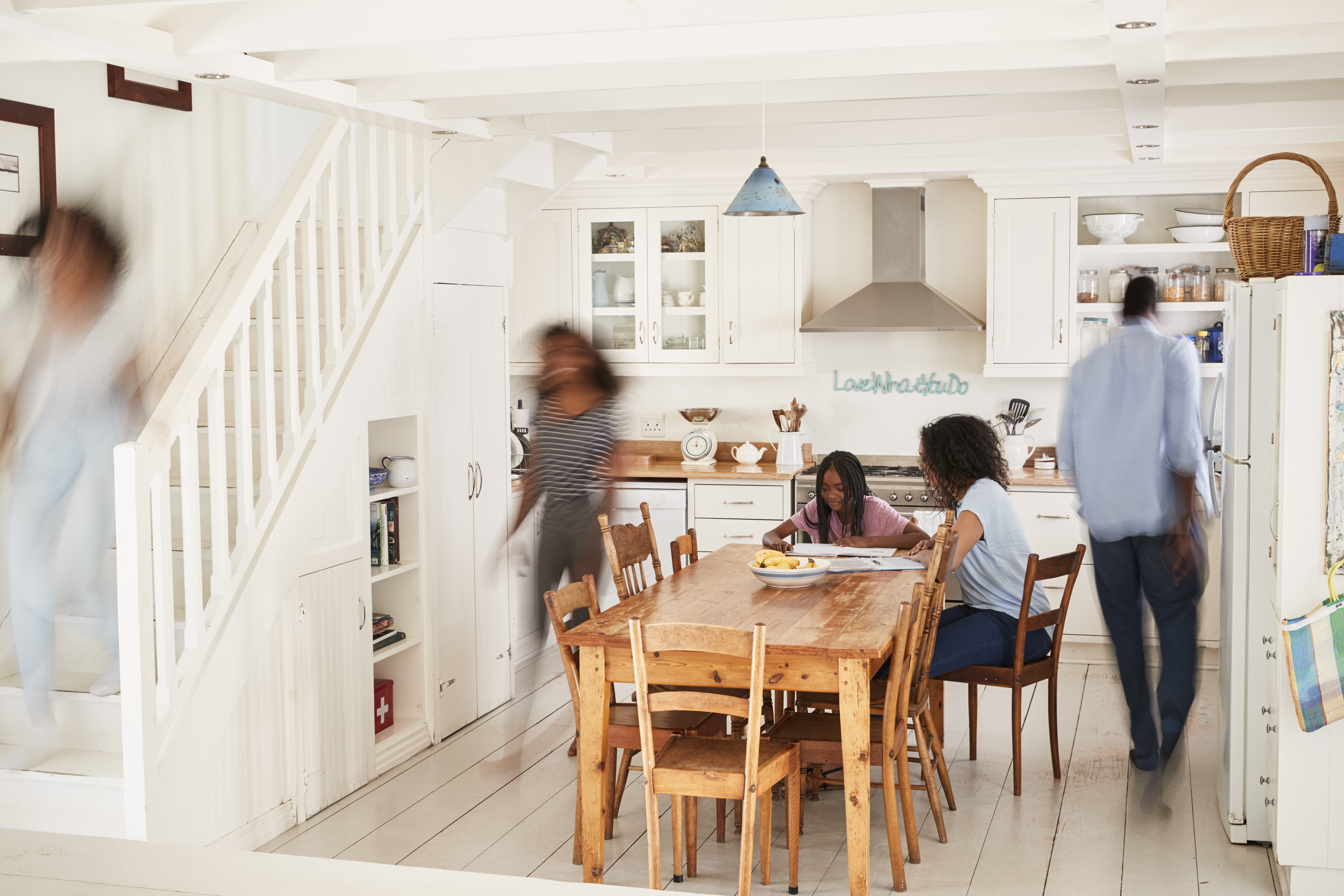
Colors have a profound impact on our moods and emotions, making the choice of color palette crucial for creating a calming space. Soft, muted tones such as pastel blues, gentle greens, and warm neutrals can evoke feelings of peace and tranquility. These colors mimic the hues found in nature, fostering a sense of calm and stability. When selecting colors for your space, consider how each shade makes you feel and how it complements the natural light in your room. By carefully curating a soothing color palette, you can transform your environment into a serene oasis that promotes relaxation and well-being.
3. Optimize Lighting for Ambiance
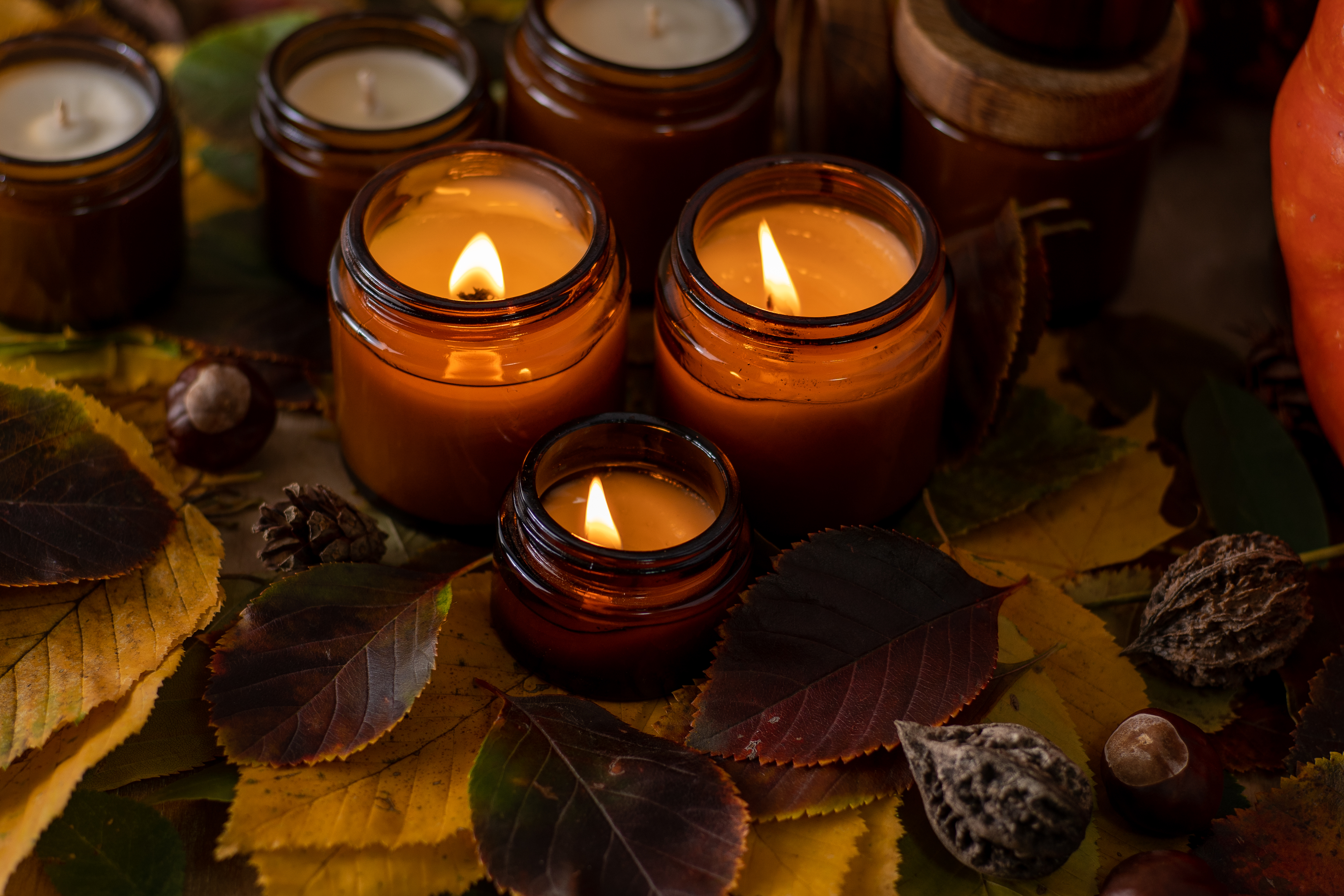
Lighting plays a pivotal role in shaping the ambiance of a room and can significantly affect your mood and energy levels. To create a calming atmosphere, opt for soft, diffused lighting that mimics natural light. Consider using lamps with warm-toned bulbs or installing dimmer switches to adjust the brightness according to your needs. Additionally, incorporating candles or fairy lights can add a touch of warmth and coziness to your space. The gentle glow of these light sources can help reduce stress and encourage relaxation, making your home feel like a peaceful retreat from the outside world.
4. Incorporate Calming Scents
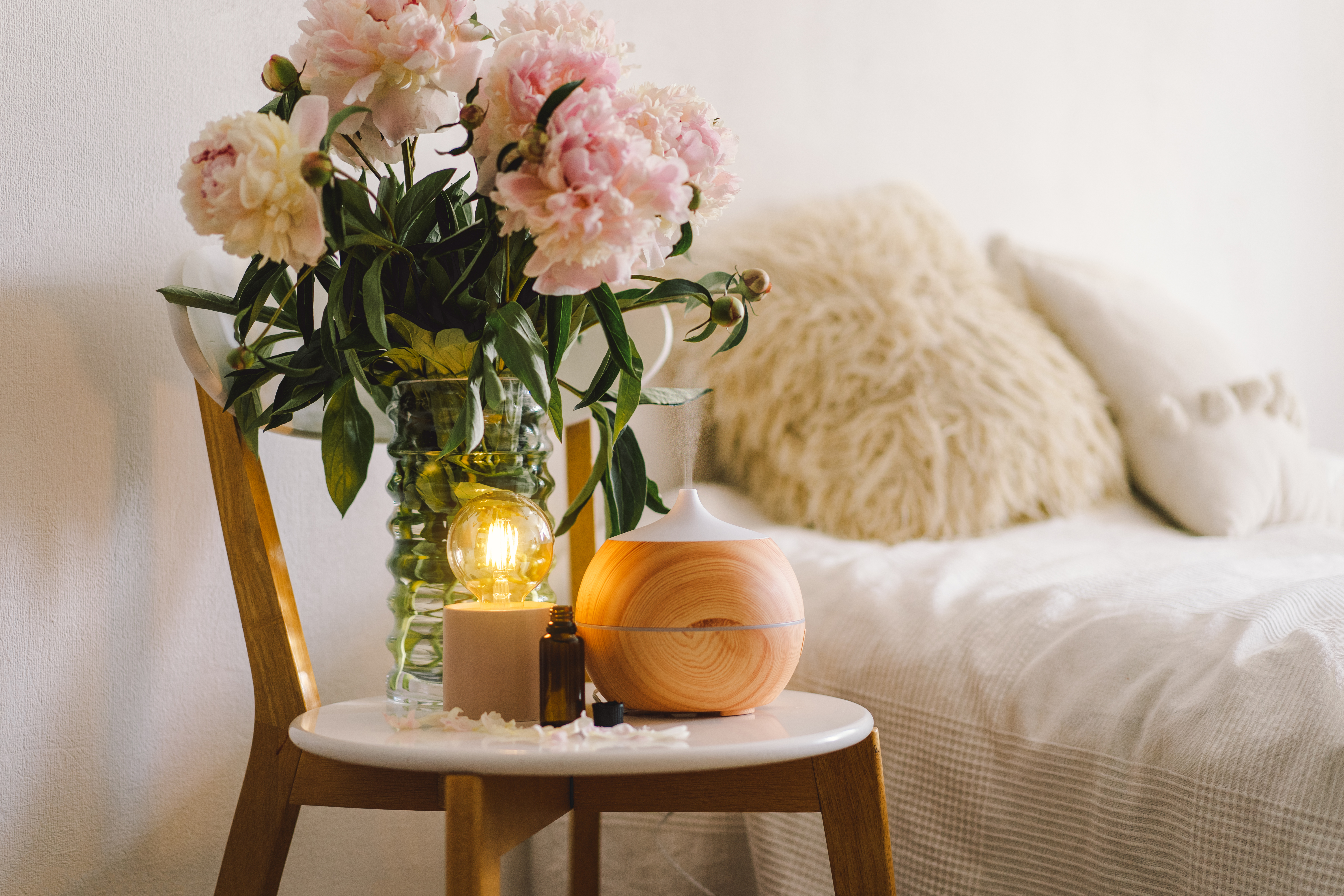
The power of scent in influencing our emotions and state of mind is often underestimated. Introducing calming fragrances into your space can enhance relaxation and create a soothing atmosphere. Essential oils such as lavender, chamomile, and eucalyptus are known for their calming properties and can be diffused throughout your home using an oil diffuser. Alternatively, scented candles or incense can also provide a gentle aroma that lingers in the air. By incorporating calming scents, you engage your sense of smell in the relaxation process, enriching the overall sensory experience of your tranquil space.
5. Declutter for Serenity
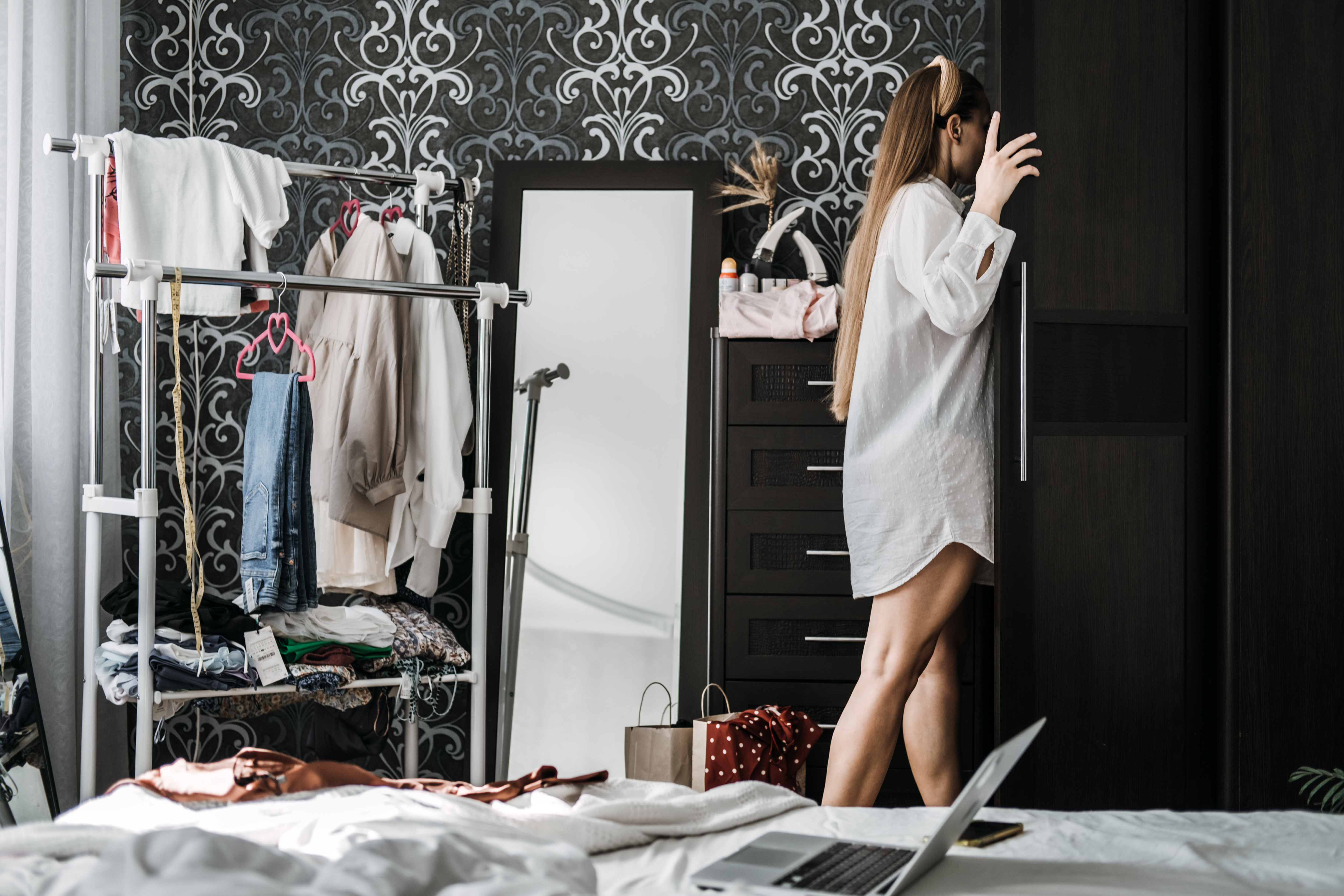
A cluttered space often leads to a cluttered mind, making decluttering an essential step in creating a calming environment. Begin by assessing each room and identifying items that no longer serve a purpose or bring you joy. Donate, recycle, or discard these items to free up physical and mental space. Organize remaining belongings in a way that promotes easy access and visual harmony. By minimizing clutter, you reduce distractions and create a more open, breathable space that invites relaxation. A tidy environment not only enhances the aesthetic appeal of your home but also fosters a sense of peace and clarity.
6. Choose Comfortable Textures

The textures in your home can greatly influence the comfort and coziness of your space. Soft, plush materials such as wool, cotton, and linen can create a welcoming and soothing environment. Consider incorporating these textures through throw blankets, cushions, and rugs that invite you to sink in and relax. The tactile experience of touching soft materials can be incredibly comforting, providing a sense of warmth and security. By thoughtfully selecting textures that appeal to your senses, you enhance the physical comfort of your space, making it a haven for relaxation and rest.
7. Create a Dedicated Relaxation Zone
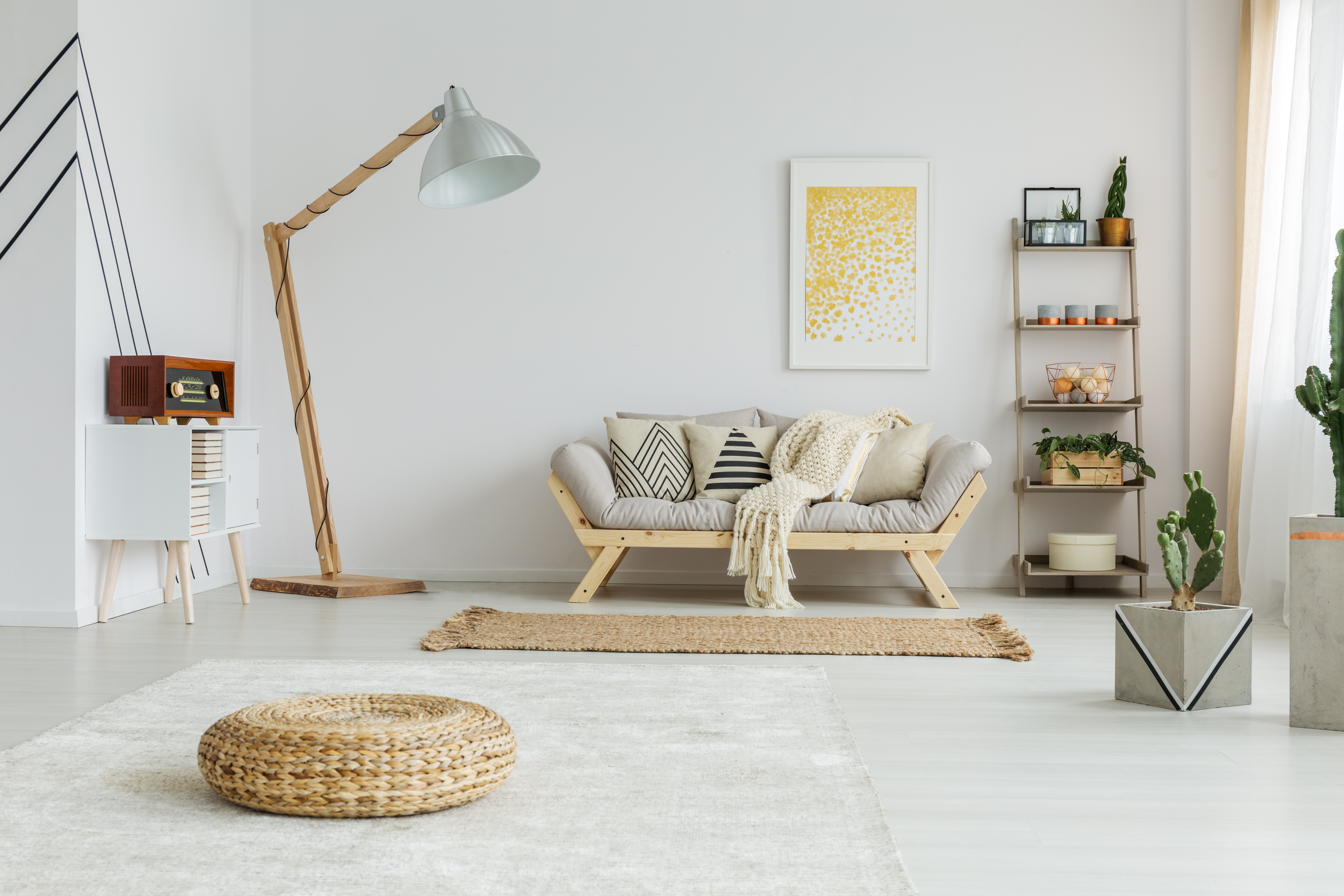
Designating a specific area in your home for relaxation can help reinforce the habit of unwinding and recharging. This space could be a cozy reading nook, a meditation corner, or a tranquil spot for yoga practice. Personalize this area with items that promote relaxation, such as a comfortable chair, soft lighting, and soothing sounds. By creating a dedicated relaxation zone, you establish a mental association with peace and calm, making it easier to transition into a state of relaxation whenever you enter this space. This intentional design choice supports your well-being and encourages regular moments of respite.
8. Integrate Soundscapes
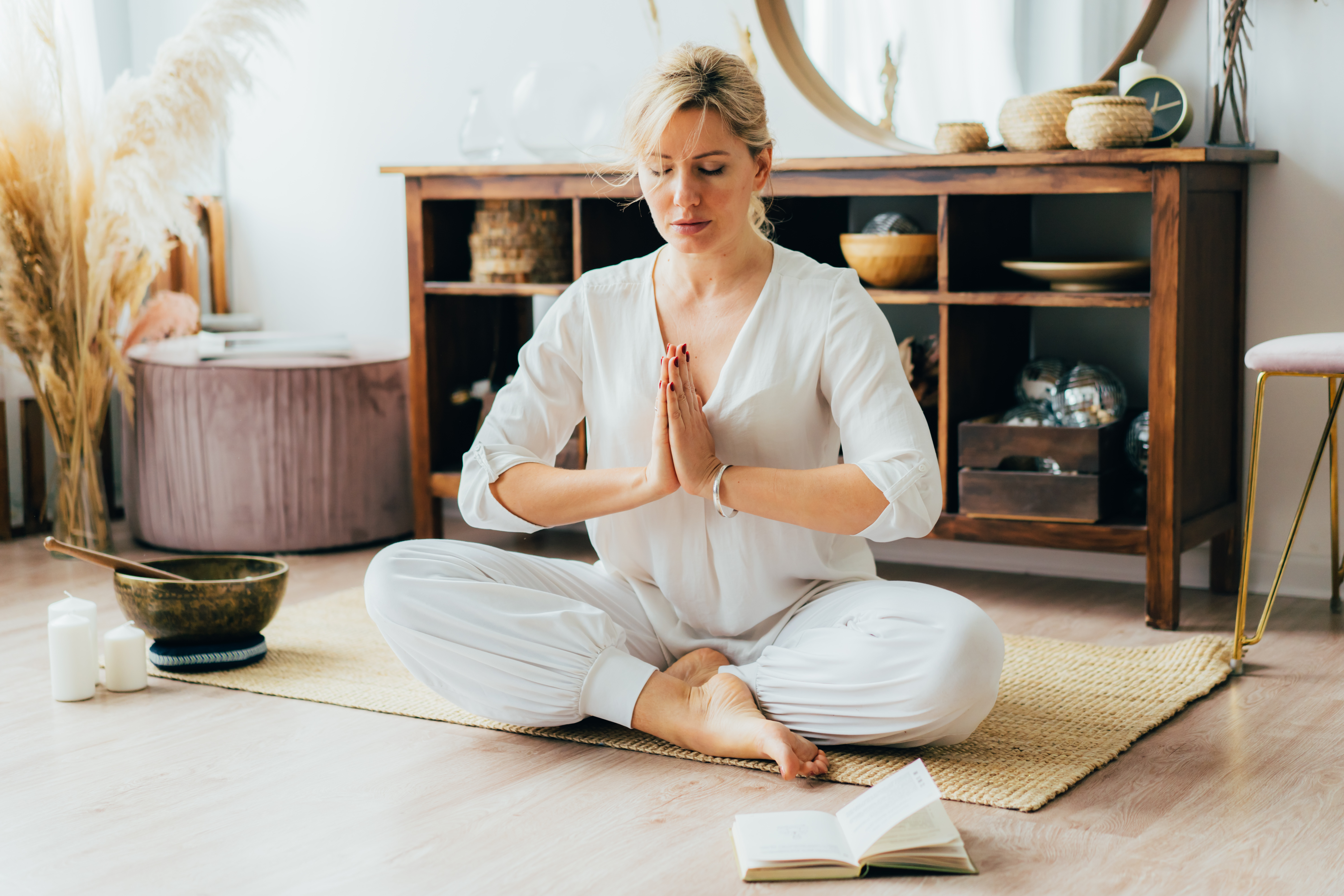
Sound has a powerful influence on our mood and can be used strategically to enhance relaxation. Consider incorporating soundscapes into your space, such as gentle nature sounds, calming music, or white noise, to create an auditory backdrop that promotes tranquility. These sounds can mask disruptive noises and help create a serene environment conducive to relaxation. Use a high-quality speaker or a sound machine to deliver these soundscapes throughout your home. By integrating soothing sounds into your space, you engage the auditory senses and create a holistic experience that supports relaxation and stress reduction.
9. Mindful Arrangement and Layout
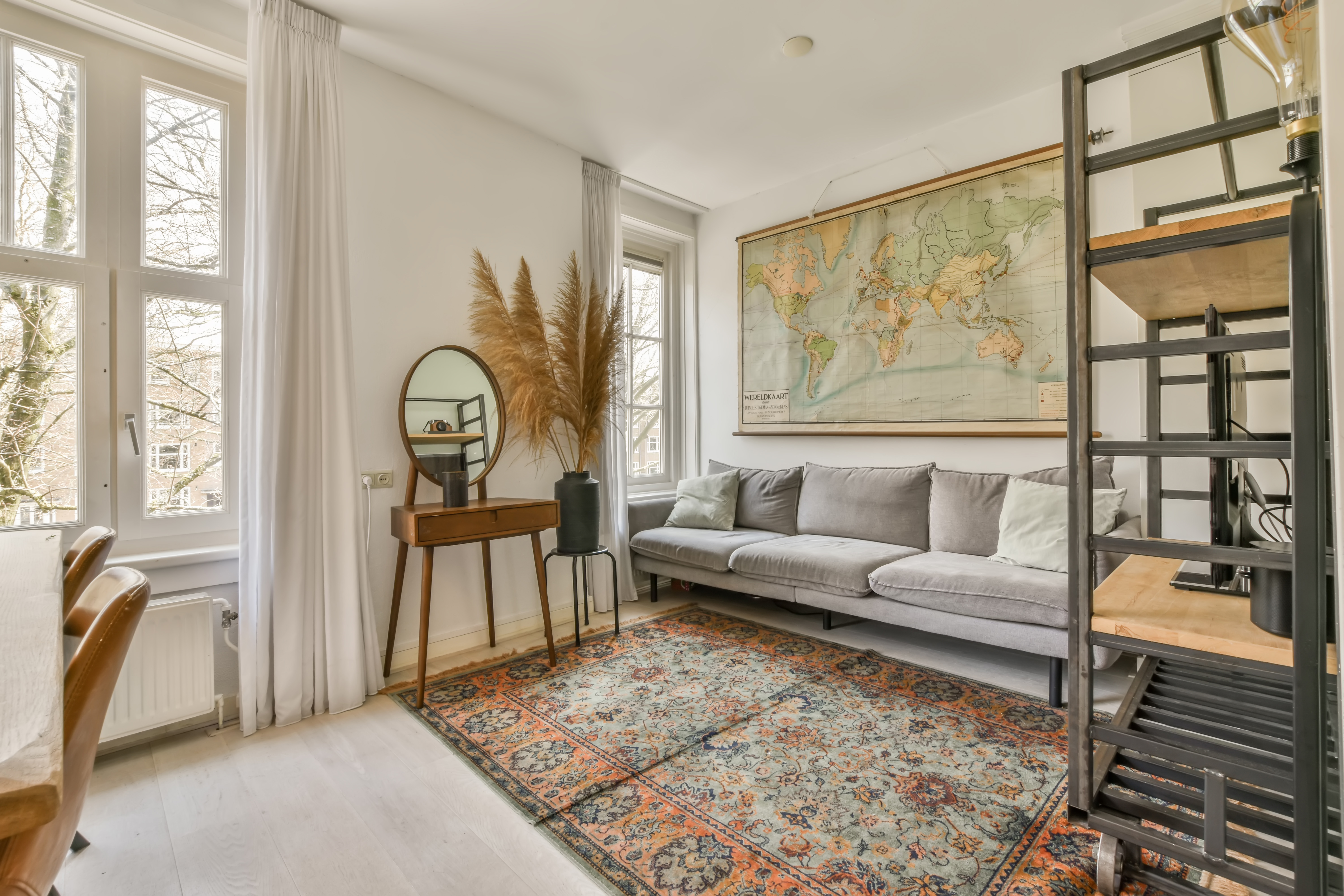
The layout of your space can significantly impact how you feel within it. A mindful arrangement that prioritizes flow and functionality can enhance the sense of calm and order. Consider the natural pathways in your home and arrange furniture to facilitate easy movement and accessibility. Ensure that each area serves its intended purpose without overcrowding or obstruction. By creating a layout that feels intuitive and harmonious, you reduce stress and promote a sense of ease and relaxation. This thoughtful approach to space planning can transform your home into a sanctuary of peace and comfort.
10. Personalize with Meaningful Decor
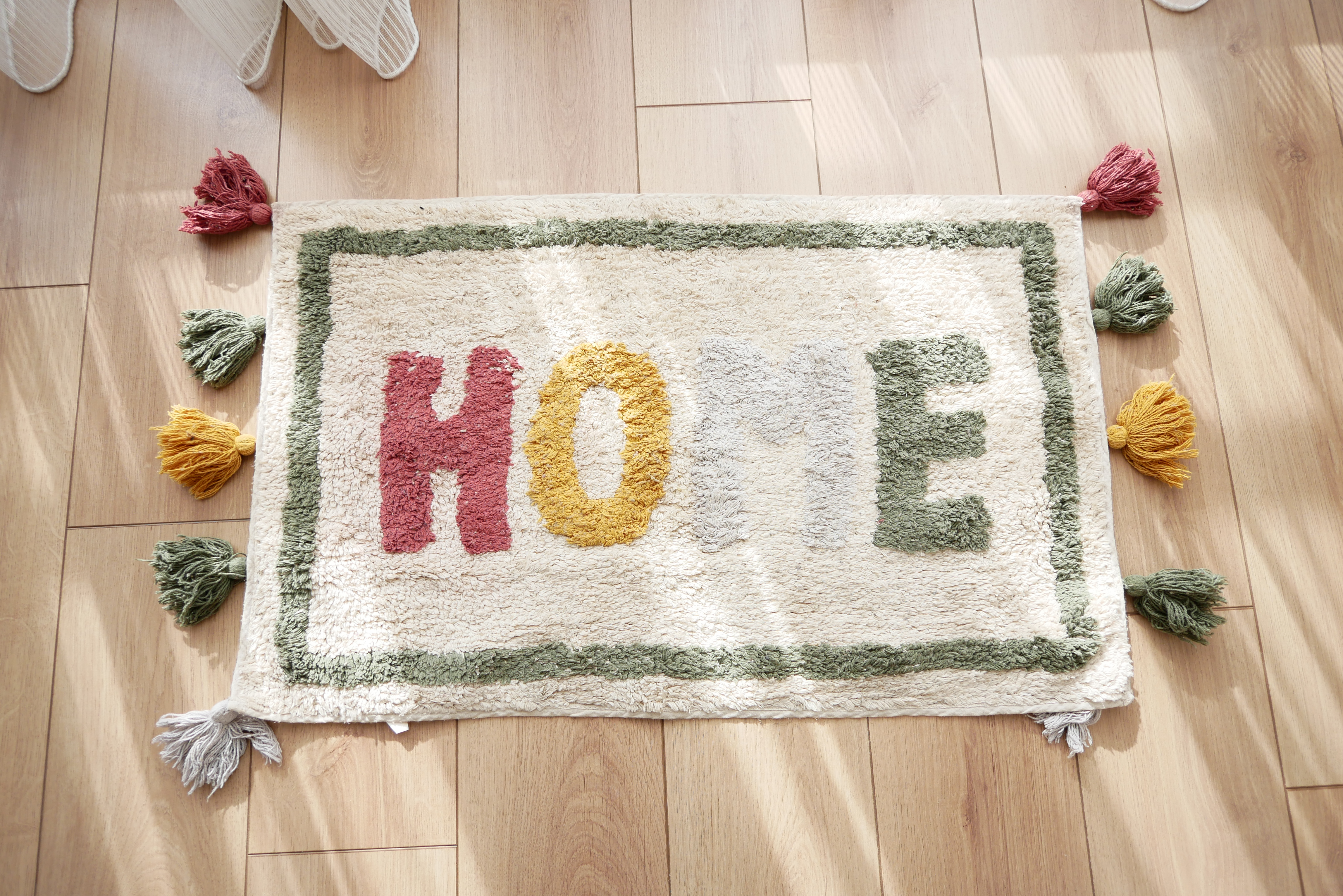
Decorating your space with meaningful items can foster a sense of connection and emotional well-being. Choose decor that resonates with you personally, such as artwork, photographs, or souvenirs from memorable experiences. These items can serve as visual reminders of positive memories and values, contributing to a calming atmosphere. By surrounding yourself with decor that holds personal significance, you create a space that feels uniquely yours and supports your emotional health. This personalization enhances the sense of belonging and comfort, making your home a true reflection of your inner peace.
11. Encourage Indoor-Outdoor Flow
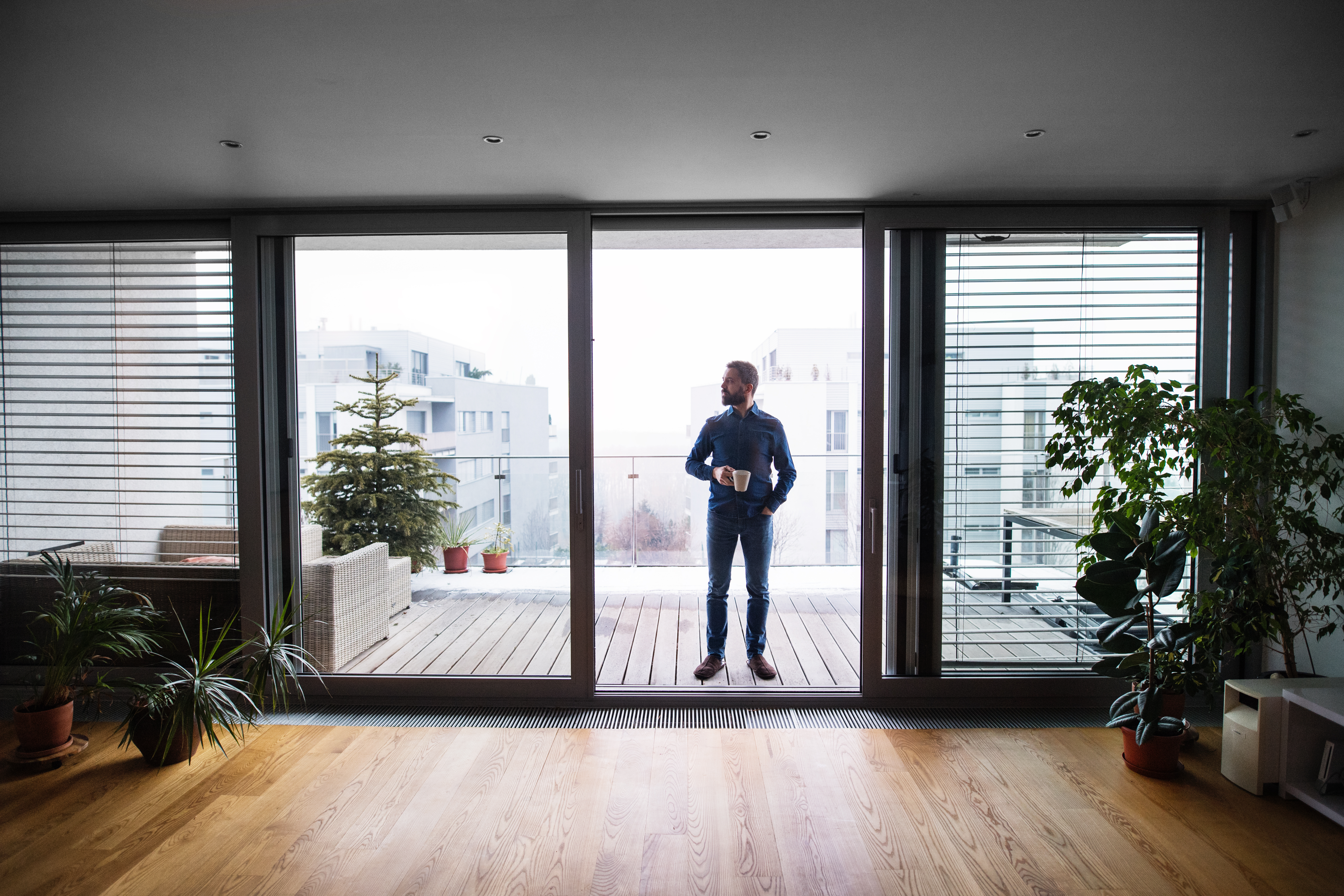
Blurring the lines between indoor and outdoor spaces can create a seamless transition that enhances relaxation. Consider installing large windows or glass doors that offer unobstructed views of nature, or incorporate indoor plants and natural materials to mimic the outdoors. This integration fosters a sense of openness and freedom, inviting the tranquility of nature into your home. By encouraging an indoor-outdoor flow, you create a dynamic space that feels expansive and rejuvenating. This connection with the natural world supports relaxation and well-being, making your home a sanctuary of peace and harmony.
Cultivating a Personal Oasis
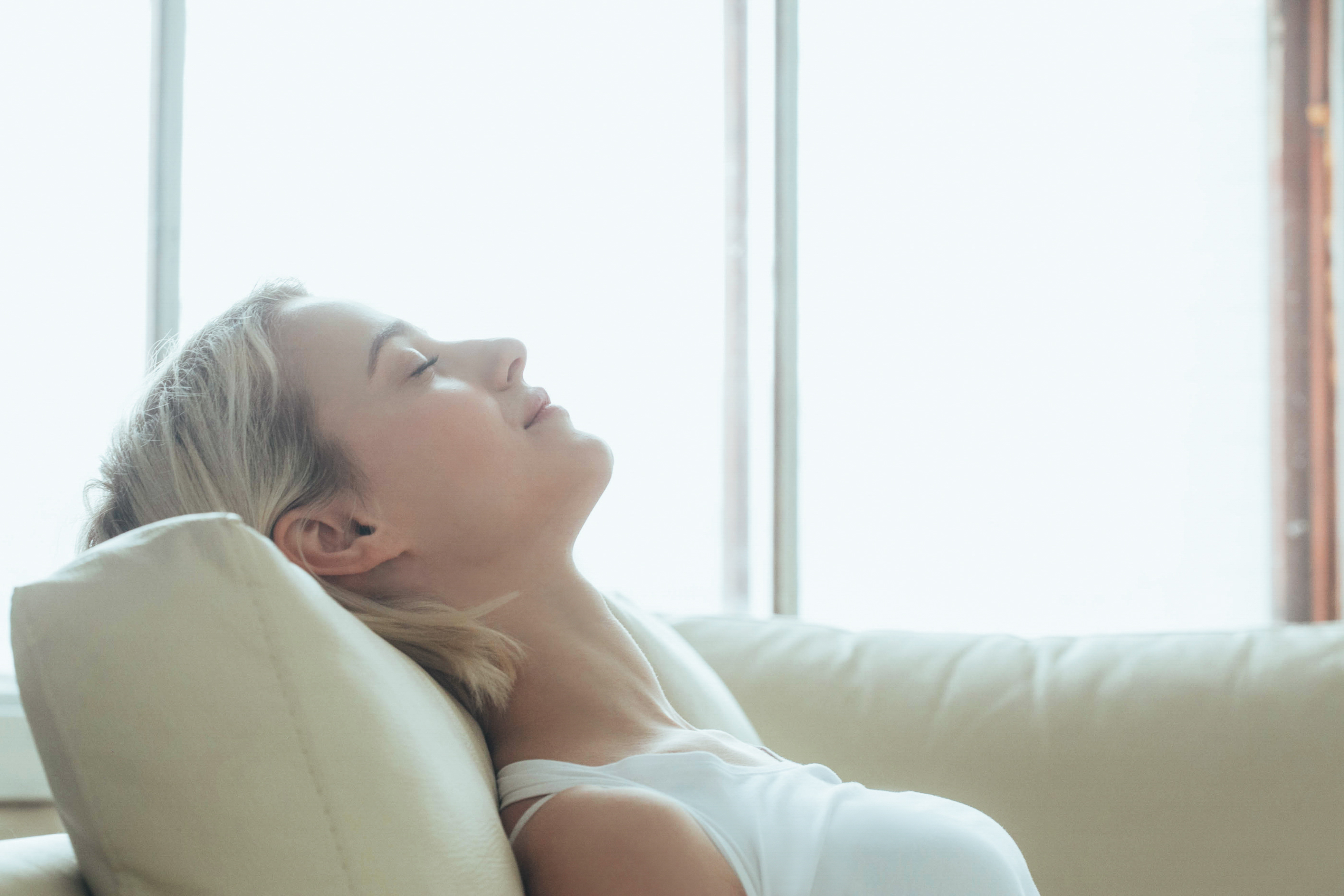
Transforming your space into a calming sanctuary is a deeply personal journey that requires thoughtful consideration of your unique needs and preferences. By embracing natural elements, choosing soothing colors, optimizing lighting, and incorporating calming scents, you create an environment that nurtures relaxation and well-being. Decluttering, selecting comfortable textures, and designing a dedicated relaxation zone further enhance the tranquility of your space. Integrating soundscapes, arranging your layout mindfully, personalizing with meaningful decor, and encouraging indoor-outdoor flow complete the transformation. Together, these enhancements cultivate a personal oasis that supports your mental and emotional health, allowing you to unwind and recharge in the comfort of your own home.